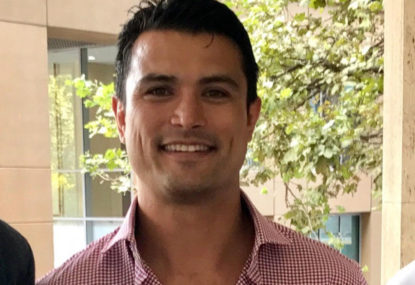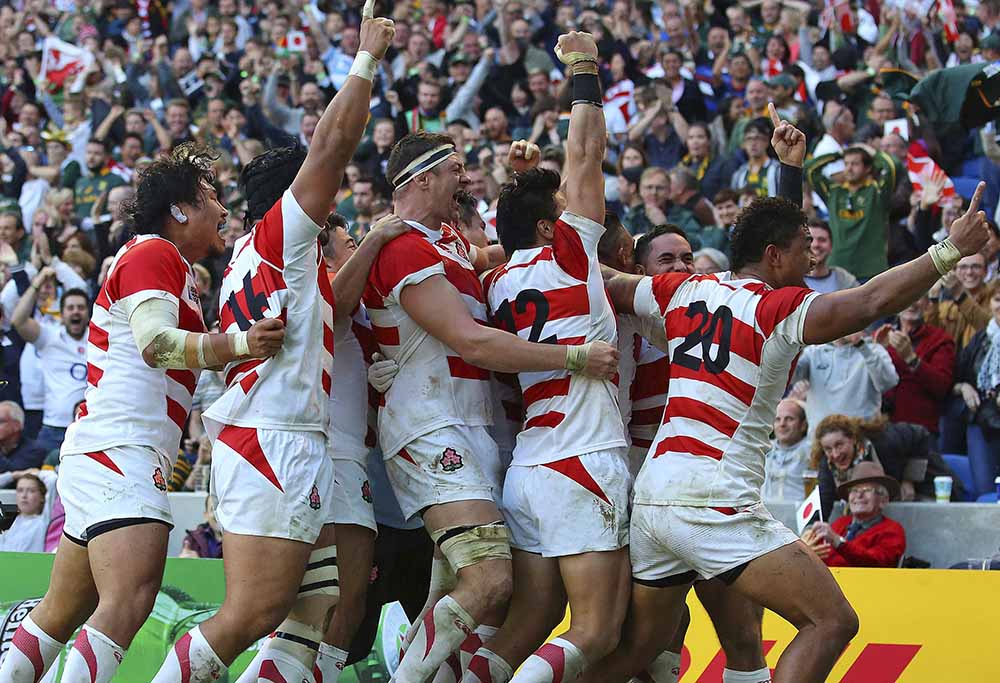EXCLUSIVE: Administrator urges private consortium be allowed to save Rebels amid claims RA won't engage
The Melbourne Rebels may have traded while insolvent for more than five years, giving rise to potential breach of director duty claims for the…

Former Rooster, Rabbitoh and Japanese Cherry Blossom Craig Wing enjoyed a long career that began in the 90s, carried on into the new century and ended in Japan in 2016. So it’s fair to say he’s been to a lot of training sessions.
During The Roar and Samsung’s Future of Sports panel, Wing gave an insight into just how much the technology and analytics behind sport and training had evolved in that time.
Not just the difference between the late 90s and now, but also the cultural difference in training in Japan.
“Probably the biggest changes I noticed throughout my career, which started way back in the 90s, where the biggest use of technology was a VCR recorded and the whiteboard,” he said about his early days in the NRL.
“You’d watch some sketchy old video of the game before, a couple of clips if you had time, and then the coach would draw some plays on the whiteboard and that was it.”
Technology has played a pivotal role in the alterations and improvements of training regimes and has created a whole new level of player in the modern game.
Wing’s career took an interesting turn when he took up rugby in Japan after leaving the Rabbitohs for the second time, finding his way into the Japanese national side.

Things over there in a country driven by technology were vastly different to his early experiences in Australia.
“The last year of my career was with the national team in Japan, they love their technology over there as you know, and we had everything measured.”
“We would go through training sessions, we’d be able to stop during a training session and watch a play that we just did pretty much live and be able to correct it on the spot then and there.”
“We had a lot of analysis. Every single session we wore our GPS monitors and our heart rate monitors. So there was absolutely nowhere to hide.”
“We could work out how hard we were training, if we were running at a slow pace, if we were running at a fast pace and that was probably a big thing for us as well, the intensity of our style of training.”
As a rugby nation, Japan has only recently begun to make waves on the international stage, and Wing believes that has a lot to do with a massive change in the mentality of Japanese rugby as a whole in recent years.
“Traditionally, they valued quantity over quality of training. Training sessions would go for two or three hours,” he said.
“They’d end up running half pace the whole way through because you can’t physically train at the required intensity.”
“So what in fact they were trying to coach into the players was totally contrary to what was required in a game of rugby, which is short, sharp power.”
“So they flipped that on their head by looking at the GPS data, by looking at the heart rate data, just by looking at the speeds they were playing at and we took that into the World Cup.”
“Our training sessions (now) only went for 40 minutes max and each block only went for three or four minutes. It was deliberately designed that way, we ended up doing four or five sessions a day.”
“When you were actually doing it and putting the science to practice, it was actually very very effective. They were squeezing every last drop out of us.”
The processes of training will always be impacted by technology and new advances, but it’s interesting to note just how differently and how vastly technology has changed rugby ideology and impacted teams in different ways.
With their success at the 2015 Rugby World Cup, it’s easy to see how technology has completely revamped rugby in Japan, simply by using the new tools and data available in this day and age.